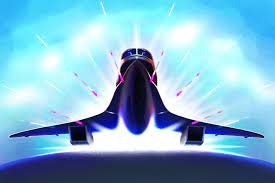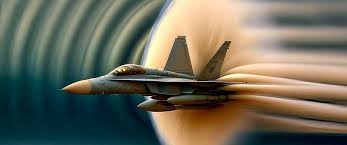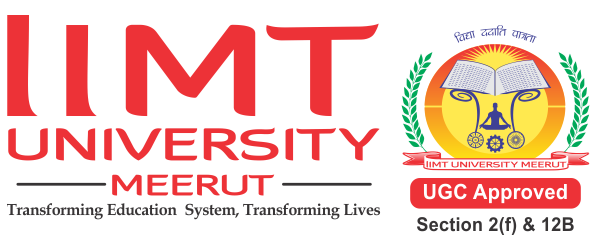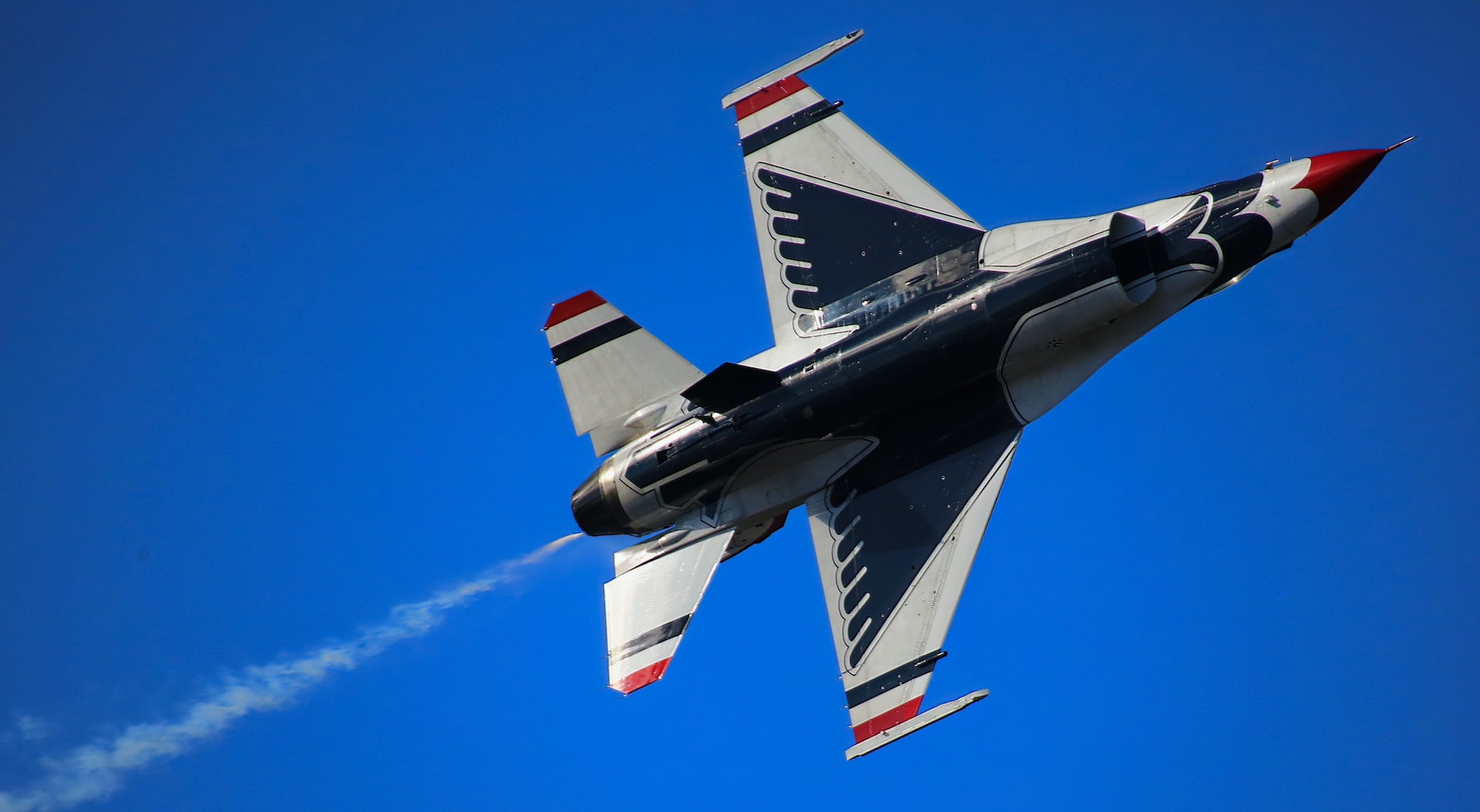❖ Introduction:
The dream of supersonic travel has captivated our imagination for decades. Imagine being able to fly from one side of the world to the other in a fraction of the time it takes today. In this blog post, we will delve into the exciting world of supersonic travel, exploring the technological advancements, challenges, and potential benefits associated with this revolutionary mode of transportation.
People go to and trade with adjacent towns more than they do with distant places; this is an iron law of human civilization. Because of how reliable this idea is, forgotten Bronze Age towns have even been found using trade records from antiquity.
Furthermore, people travel more frequently when the time and expense of doing so are reduced by using quicker or more direct routes.
We have often witnessed this tendency in history. Global trade surged when steamships started to supplant sailboats in the mid-1800s. Prior to 1869, the majority of journeys to San Francisco were one-way; however, the transcontinental railway linked San Francisco to the eastern United States. Absolutely, I’ll craft an original piece on the evolution of transportation and the emergence of supersonic travel without borrowing content or structure from existing sources.
For centuries, humanity’s quest for faster and more efficient modes of transportation has been an ever-evolving journey, shaping the way societies interact, trade, and evolve. Ancient trade routes like the Silk Road were pivotal in connecting civilizations across vast distances, fostering cultural exchange and economic growth. These pathways, though integral to history, were marked by laborious and protracted journeys, setting the stage for transportation innovations.
The transition from sailboats to steamships in the mid-1800s marked a pivotal moment in maritime trade. The advent of steam-powered vessels revolutionized global commerce, augmenting speed and reliability and propelling economies into new eras of prosperity.
A significant milestone arrived with the completion of the transcontinental railway in 1869, linking the eastern United States to the burgeoning West Coast city of San Francisco. This monumental engineering feat transformed travel and trade dynamics, stimulating economic expansion and demographic shifts across regions.
Today, the concept of supersonic travel rekindles the age-old pursuit of faster and more efficient transportation. Envisioning circumnavigating the globe in dramatically reduced time frames sparks imagination. However, beyond sheer convenience, the potential of supersonic travel extends to reshaping global trade, cultural exchange, and international cooperation on an unprecedented scale.

The continuum of human progress through transportation innovation underscores the intrinsic link between accelerated travel and amplified connectivity. Supersonic travel represents the latest chapter in this narrative, poised to redefine global mobility. It holds the promise of a future where barriers of time and distance become increasingly inconsequential, fostering a more connected and progressive world.
The quest for faster and more efficient travel has fueled advancements in aviation. Exploring the top 10 private universities in Uttar Pradesh reveals a dedication to academic excellence. In Meerut, the pursuit of engineering excellence thrives, with several renowned institutions consistently ranked among the best. Delhi NCR boasts a rich educational landscape, housing top universities known for their diverse programs and cutting-edge research. As we delve into the thrilling domain of supersonic travel, these academic hubs play a crucial role in shaping the future of aerospace engineering, nurturing minds to propel aviation technology toward greater speed and efficiency
The concept of Supersonic Flight:
Supersonic flight refers to aircraft traveling at speeds greater than the speed of sound, commonly known as Mach 1. The iconic Concorde, which operated from 1976 to 2003, was the first commercial supersonic aircraft, showcasing the immense potential for rapid global transportation. However, due to factors such as noise pollution, high fuel consumption, and limited routes, the Concorde was ultimately retired. Today, renewed interest in supersonic travel has sparked a wave of innovation in the aerospace industry.
Supersonic flight denotes aircraft surpassing the speed of sound, designated as Mach 1. The pioneering Concorde, in service from 1976 to 2003, marked the advent of commercial supersonic travel, highlighting its potential for swift global transportation. Despite its groundbreaking status, the Concorde’s retirement stemmed from issues like noise pollution, high fuel consumption, and limited flight routes. Nonetheless, contemporary interest in supersonic travel has reignited innovation within the aerospace sector.
The absence of jets would significantly impact global business travel, compelling professionals to confine themselves to closer proximity due to the prolonged duration of prop-plane journeys. Essential modern commodities such as smartphones and intricate machinery would not only become prohibitively expensive but might also face challenges in production, potentially compromising their quality. In essence, the collapse of global commerce would precipitate a global economic catastrophe of global proportions.
This reliance on swift air travel, especially for business purposes, has become deeply ingrained in modern commerce. The ability to swiftly traverse vast distances has facilitated the exchange of goods, ideas, and expertise on a global scale. The ramifications of such a disruption would reverberate across industries, hindering innovation, impeding collaboration, and jeopardizing economic growth. Thus, the significance of efficient, rapid air travel cannot be overstated, as it remains an indispensable pillar supporting the intricate web of global commerce and interconnected economies.

One of the primary challenges in supersonic travel is mitigating the sonic boom, the loud noise produced when an aircraft surpasses the speed of sound. Extensive research and testing is being conducted to develop quieter supersonic aircraft, paving the way for overland supersonic flights without disturbing populated areas. Additionally, addressing environmental concerns, such as fuel efficiency and emissions, is crucial for the long-term viability of supersonic travel. Innovations in sustainable aviation fuels and carbon offset initiatives are being explored to ensure a greener future for supersonic flight.
Potential Benefits:
Supersonic travel offers several potential benefits. Apart from significantly reducing travel times, it has the potential to boost economic growth, facilitate global business operations, and strengthen international collaborations. Rapid air transportation can revolutionize industries such as tourism, logistics, and emergency response, enabling faster delivery of goods and aid to remote areas. Moreover, supersonic travel can foster cultural exchange and bring people closer together by shrinking the distances between nations.
The Future of Supersonic Travel:
Several companies are actively working on developing supersonic aircraft capable of commercial operations. These aircraft aim to offer efficient, sustainable, and accessible supersonic travel experiences. While regulatory and operational challenges remain, including noise restrictions and infrastructure requirements, the aerospace industry is committed to overcoming these hurdles to make supersonic travel a reality once again.

Conclusion:
Supersonic travel represents a leap forward in aviation technology, promising to revolutionize the way we traverse the globe. With ongoing advancements in aerodynamics, materials, and engine technologies, the dream of efficient and sustainable supersonic travel is inching closer to reality. As the aerospace industry continues to push the boundaries of speed and efficiency, we can anticipate a future where supersonic travel becomes an integral part of our global transportation network, bringing people and cultures together like never before.
At IIMTU, the focus of aerospace education is to provide students with comprehensive knowledge as well as giving them the opportunities to excel in their careers. This is why IIMT University is known as the best university in Meerut, UP.
Author: Mr. Rajni Verma
HoD Aerospace Department, IIMTU
For more information on Aerospace travel – 🌐 click here:

